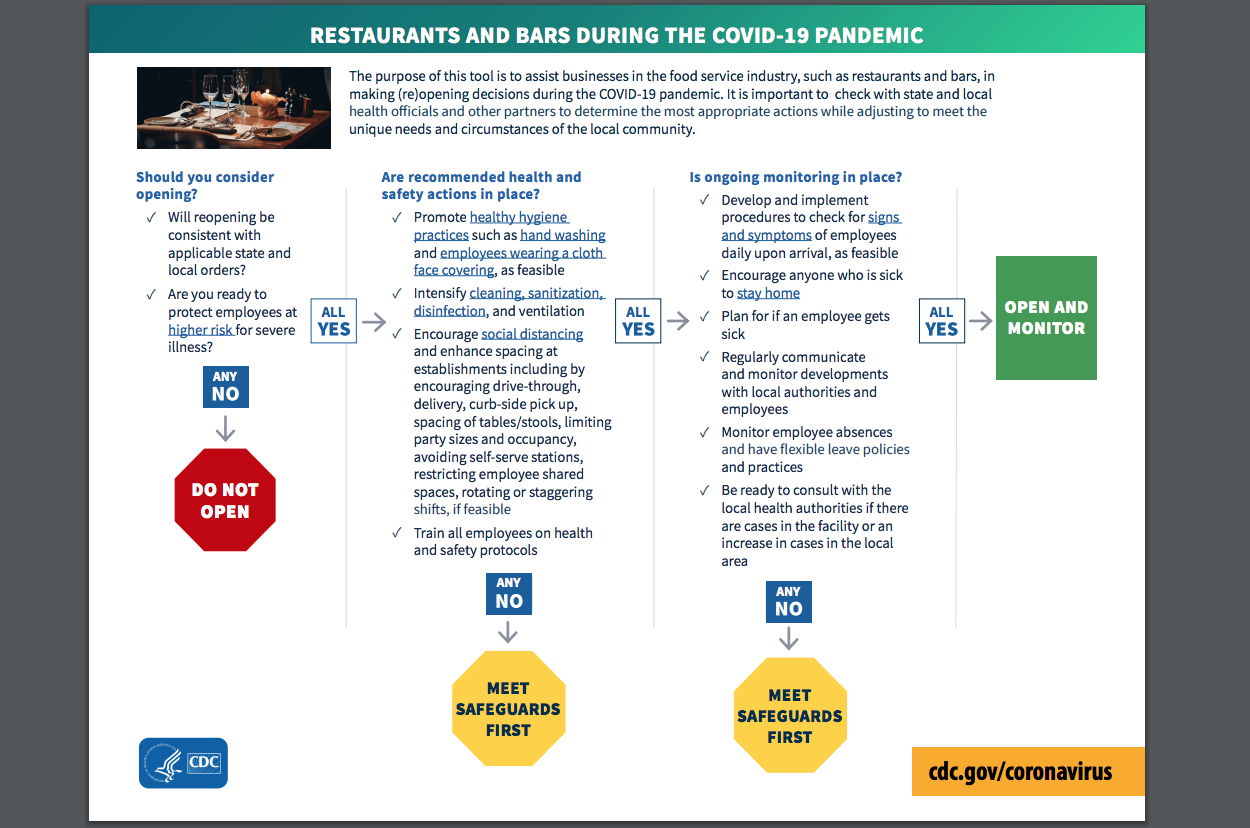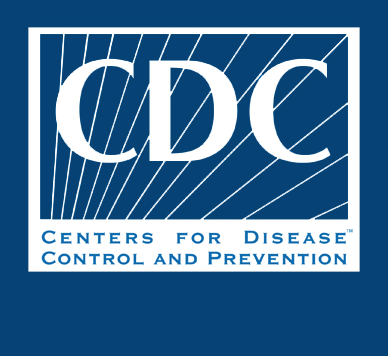This interim guidance is based on what is currently known about the coronavirus disease 2019 (COVID-19). There is much more to learn about the transmissibility, severity, and other characteristics of COVID-19 and investigations are ongoing. Updates are available on CDC’s web page at https://www.cdc.gov/coronavirus/2019-ncov/. CDC will update this interim guidance as additional information becomes available.
This interim guidance may help prevent workplace exposures to COVID-19 in non-healthcare settings (separate guidance is available for healthcare settings). CDC has also provided guidance for critical infrastructure workers who may have had exposure to a person known or suspected to have COVID-19. Unless otherwise specified, this interim guidance for businesses and employers applies to critical infrastructure workplaces as well.
Role of Businesses and Employers in Responding to COVID-19
Businesses and employers can prevent and slow the spread of COVID-19 within the workplace. Employers should respond in a way that takes into account the level of disease transmission in their communities and revise their business response plans as needed. Employers should follow the White House Guidelines for Opening Up America Againexternal icon, a phased approach based on current levels of transmission and healthcare capacity at the state or local level, as part of resuming business operations. Business operation decisions should be based on both the level of disease transmission in the community and your readiness to protect the safety and health of your employees and customers.
Businesses and employers are encouraged to coordinate with stateexternal icon and localexternal icon health officials to obtain timely and accurate information to inform appropriate responses. Local conditions will influence the decisions that public health officials make regarding community-level strategies. CDC has guidance for mitigation strategiespdf icon according to the level of community transmission or impact of COVID-19.

As an employer, if your business operations were interrupted, resuming normal or phased activities presents an opportunity to update your COVID-19 preparedness, response, and control plans. All employers should implement and update as necessary a plan that:
- Is specific to your workplace,
- identifies all areas and job tasks with potential exposures to COVID-19, and
- includes control measures to eliminate or reduce such exposures.
Talk with your employees about planned changes and seek their input. Additionally, collaborate with employees and unions to effectively communicate important COVID-19 information.
Actively encourage sick employees to stay home:
- Employees who have symptoms should notify their supervisor and stay home.
- Sick employees should follow CDC-recommended steps. Employees should not return to work until the criteria to discontinue home isolation are met, in consultation with healthcare providers.
- Employees who are well but who have a sick family member at home with COVID-19 should notify their supervisor and follow CDC recommended precautions.
Consider conducting daily in-person or virtual health checks (e.g., symptom and/or temperature screening) of employees before they enter the facility, in accordance with state and local public health authorities, and, if available, your occupational health services.
Identify where and how workers might be exposed to COVID-19 at work. Employers are responsible for providing a safe and healthy workplaceexternal icon. Conduct a thorough hazard assessmentexternal icon of the workplace to identify potential workplace hazards related to COVID-19. Use appropriate combinations of controls from the hierarchy of controls to limit the spread of COVID-19, including engineering controls, workplace administrative policies, and personal protective equipment (PPE) to protect workers from the identified hazards.
Separate sick employees:
- Employees who appear to have symptoms upon arrival at work or who become sick during the day should immediately be separated from other employees, customers, and visitors, and sent home.
- Have a procedure in place for the safe transport of an employee who becomes sick while at work. The employee may need to be transported home or to a healthcare provider.
Take action if an employee is suspected or confirmed to have COVID-19 infection:
In most cases, you do not need to shut down your facility. If it has been less than 7 days since the sick employee has been in the facility, close off any areas used for prolonged periods of time by the sick person:
- Wait 24 hours before cleaning and disinfecting to minimize potential for other employees being exposed to respiratory droplets. If waiting 24 hours is not feasible, wait as long as possible.
- During this waiting period, open outside doors and windows to increase air circulation in these areas.
If it has been 7 days or more since the sick employee used the facility, additional cleaning and disinfection is not necessary. Continue routinely cleaning and disinfecting all high-touch surfaces in the facility.
The CDC also released a decision tool for restaurants and bars to utilize when determining whether or not to reopen.
The information in this article has been condensed for the purpose of this publication. This is a fluid situation, but this information is up to date at the time of publication. This article is provided for general information purposes only and is not intended to provide either an exhaustive analysis of these matters or any specific legal advice or recommendation. Laws vary by state and municipality. Club operators and others are strongly encouraged to consult their own attorneys and accountants for specific advice on how these issues will affect their businesses and what measures to take.
For more information, visit the COVID-19 page on the CDC website at cdc.gov/coronavirus/2019-ncov.





























